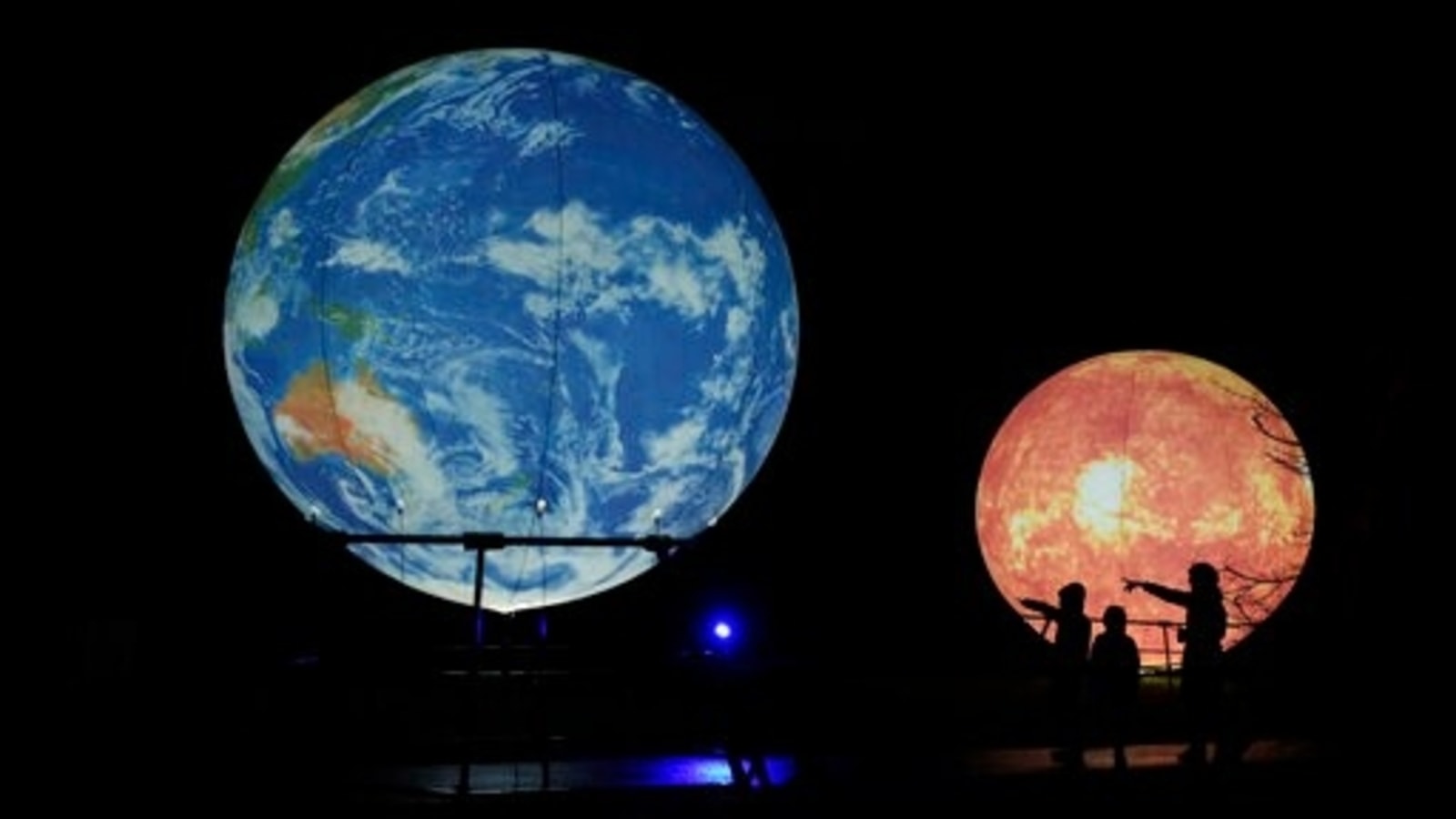THIS is where Earth ends
Yes, Earth ends at a certain point and space begins. But where is that point? Believe it or not, this might appear to be a simple question but it does not have an easy answer. Well! As you get farther up from the planet, the atmosphere becomes thinner and the oxygen level decreases. That is why high-flying airplanes are pressurised and have plenty of oxygen inside. As you reach more than 500 miles (around 800 km) above the Earth’s surface, the atmosphere begins to gradually merge with charged particles from the Sun that remain trapped in Earth’s magnetic field.
Katrina Bossert, a space physicist at Arizona State University, is quoted by Live Science as saying, “The composition also changes, and lighter atoms and molecules begin to dominate, while heavy molecules remain closer to the Earth’s surface.” The boundary between Earth and outer space was first defined by Theodore von Karman, a Hungarian American physicist, in 1957 and, hence, this line is known as the Karman line. It is an approximate region that denotes the altitude above which satellites can orbit the Earth without burning up or falling out of orbit before circling Earth at least once. It is typically defined as 100 kilometers [62 miles] above Earth. However, orbiting the Earth at altitudes below the Karman line requires extremely high orbital velocity, which would be hard to maintain due to friction.
As shared by Live Sciences, satellites that are in low Earth orbit i.e, at an altitude of less than 621 miles (1,000 km) but sometimes as low as 99 miles (160 km) above Earth tend to fall out of orbit after a few years due to “drag from the Earth’s upper atmosphere gradually slowing down orbital speed.” However, this doesn’t mean Earth’s atmosphere ends there and cannot be detected beyond 621 miles. It is still thousands and thousands of kilometers away from the end of Earth’s atmosphere.
But do note that the Karman line is an imaginary but practical threshold between air travel and space travel, hence, one would not notice crossing it.
For all the latest Technology News Click Here

